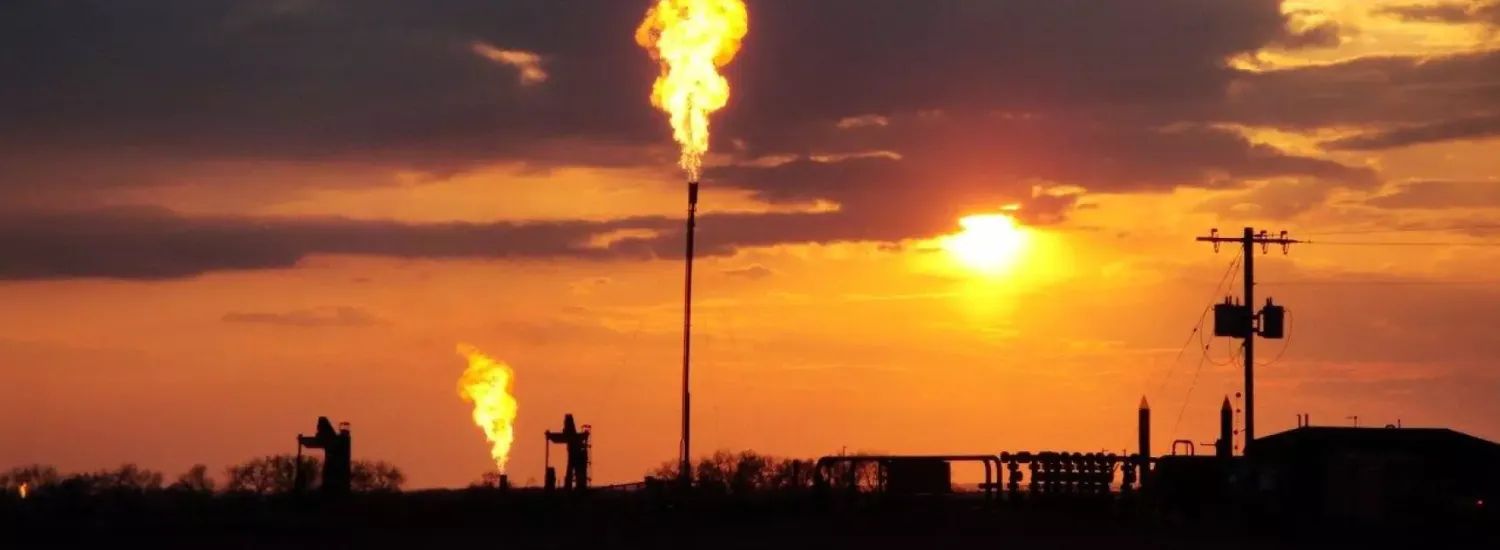NOAA Index: Greenhouse gas pollution amplified global warming in 2020

Extra heat trapped in the atmosphere by human-caused greenhouse gas pollution continued to exacerbate global warming in 2020, driven by historically high emission levels that were largely unaffected by the economic slowdown stemming from the pandemic, NOAA scientists reported.
NOAA’s Annual Greenhouse Gas Index, known as the AGGI, tracks increases in the warming influence of most heat-trapping gases being added to the atmosphere principally from human activity, including carbon dioxide, methane, nitrous oxide, chlorofluorocarbons, and other chemicals. The top five greenhouse gases account for about 96 percent of the increased heat trapped in the atmosphere due to human activity since 1750, the start of the Industrial Revolution. The AGGI also tracks 16 secondary greenhouse gases responsible for the remaining 4 percent of human-caused warming.
The AGGI is based on thousands of air samples collected from sites around the world each year from NOAA’s Global Greenhouse Gas Reference Network. The concentrations of these greenhouse gases and other chemicals are determined through the analysis of those samples at NOAA’s Global Monitoring Laboratory in Boulder, Colorado. Scientists then calculate the amount of extra heat being trapped in the Earth system by these gases as a result of human activity in the past year, and how much that has changed over time. CIRES researchers are involved at many stages, from shipping flasks around the world to air sampling and data analysis.
“This analysis of samples collected by NOAA’s Global Greenhouse Gas Reference Network provides a measure of the excess heat trapped in the atmosphere by greenhouse gas pollution,” said James Butler, the Global Monitoring Laboratory’s director. “The contributions of different greenhouse gases have evolved over time, but the conclusion that humans are nearly 100 percent responsible for their increase is inescapable.”
One number tracks human impact on climate
NOAA scientists released the first AGGI in 2006 as a way to help policymakers, educators, and the public understand the cumulative impact of greenhouse gases on climate over time. The AGGI converts the complex scientific computations of how much extra heat is trapped in the atmosphere by human-caused emissions each year into a single number that can easily be compared to previous years. The AGGI is updated each spring after nearly all the air samples collected during the previous year have been obtained and analyzed.
Scientists benchmarked the AGGI to the year 1750, the onset of the Industrial Revolution, assigning it a value of zero. An AGGI value of 1.0 was assigned to 1990 - the year of the Kyoto Protocol, an international treaty that called on the global community to reduce greenhouse gas pollution. The AGGI is useful in tracking the relative change in heat being trapped in the atmosphere by human-caused emissions of greenhouse gases since the Kyoto Protocol.
In 2020, the AGGI reached a value of 1.47, and the change from 2019 to 2020 was similar to previous years despite an economic slowdown caused by the pandemic. That means 47 percent more heat attributable primarily to human activity was captured by the Earth’s climate system in 2020 than in 1990.
Read more at NOAA Research.